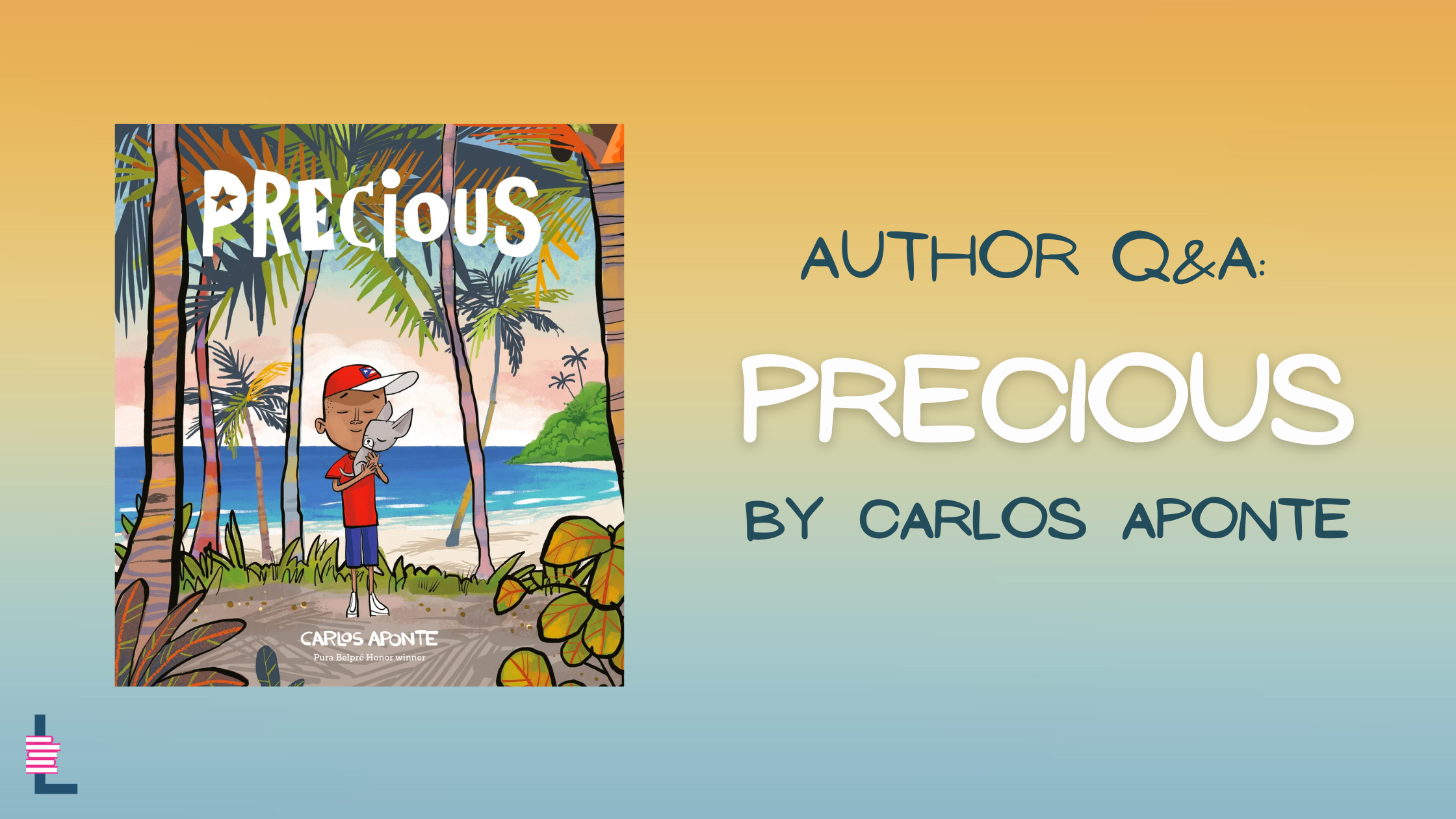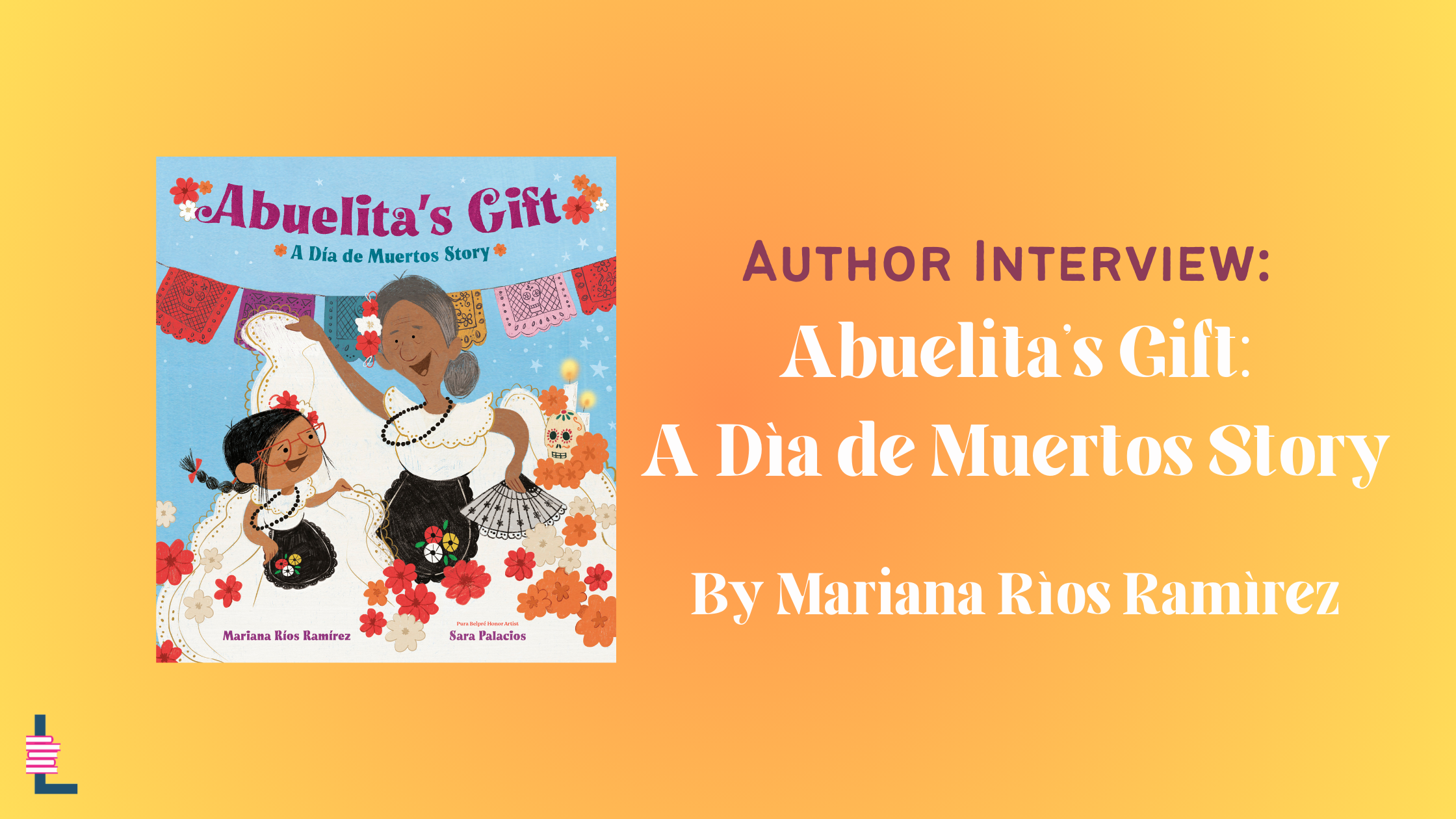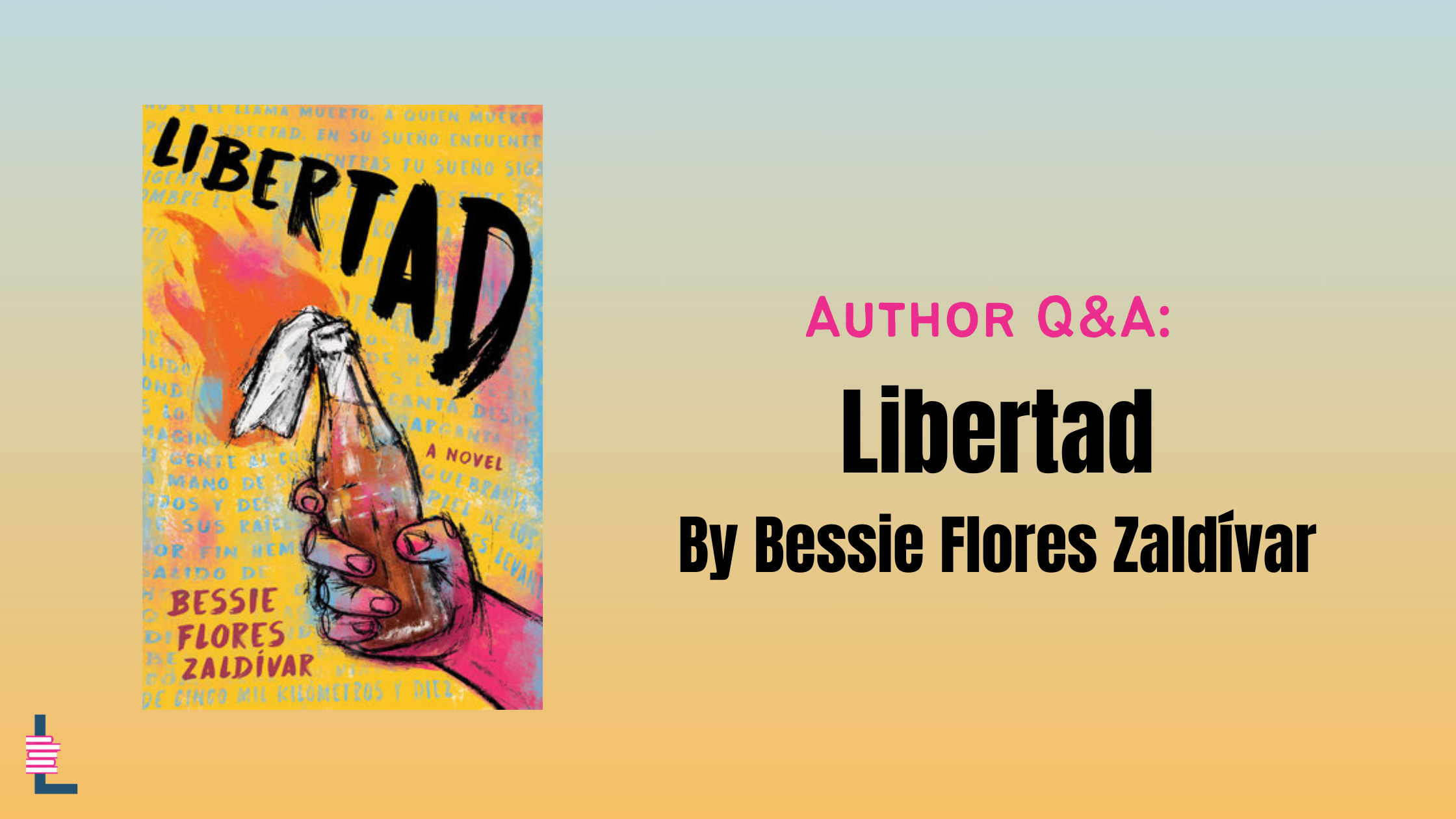Precious begins somberly. Pedrito, a young boy from Aguadilla, Puerto Rico, is at home staring at his phone. On the screen is a photo of him with his father, who had left for the United States to work and support their family. A few feet away from Pedrito are his mother and brother, Juan, who also appear sad.
“When Papi was home, he and Juan would play guitar, and Pedrito used to sing,” author Carlos Aponte writes. “But now, without Papi, nobody is in the mood.”
When a hurricane rips through their town, Pedrito finds a dog in the wreckage and brings her home. Soon after, he must return the dog to her rightful owner. That night, Pedrito is reminded of a beloved song. A song that means a lot to many Puerto Ricans both on the island and in the diaspora. Perhaps music can help get him and his community through?
In Precious, the Pura Belpré Honor winning Aponte brings us a beautiful and tender-hearted story about a boy who holds onto community and what is most dear in trying times. Aponte’s illustrations of digital ink and pastel brushes bring an added vibrancy to Pedrito and the people in his town, as well as their island. Precious is out now from Nancy Paulsen Books, and so is Preciosa, its Spanish edition.
Aponte spoke with Latinx in Publishing about the inspiration behind his book, its spirit, and much more.
This interview has been edited for clarity and brevity.
Amaris Castillo: Congratulations on Precious/Preciosa. What inspired this story?
Carlos Aponte (CA): When I was working on my previous book, Across the Bay, I went to Puerto Rico a few months after Hurricane Maria. Puerto Rico was completely destroyed. I arrived there in January to be with my family, but also to write. Sometimes you want to write a book about Puerto Rico, but you have to be there to get the feeling and the emotion. When you’re in a place, you feel something that you cannot feel outside the place. So I went to Old San Juan. It was all closed, and it was very depressing. I was very sad. I cried.
There’s a little ferry that goes from Cataño to San Juan. That week, they decided that, no matter what, they were going to celebrate the (Fiesta de la) Calle de San Sebastián. It’s a celebration they do every year in San Sebastian Street. So I took the ferry and, on my way back from Cataño to San Juan, I saw a little kid the way I imagined my character. And while I was there, I decided that I wanted to write about the hurricane. But I couldn’t do it right away, because sometimes you get too emotional and you cannot write.
Finally, after many years, I did a lot of research and said to myself, I think I have enough information to start writing. Then an idea came to me about a little dog that got lost. In Puerto Rico after the hurricane, many dogs disappeared and some were left behind, unfortunately. I also thought about “Preciosa” and how it would be great to incorporate the song. And I did. Then I found out where Rafael Hernández was born, and I set the story there. So everything came together and that’s how I ended up with this story.
AC: Your story centers on Pedrito, a young boy from Aguadilla, Puerto Rico who survives a hurricane with his mother, brother, and community. In the book, Pedrito likens the hurricane to a wolf. What message were you hoping to send by describing the hurricane that way?
CA: I think it’s more of his imagination – and how kids see things. It’s really from my nephews when they were very young. They thought that the hurricane was like a wolf – the sound and the whole thing. Of course, in Puerto Rico we don’t have wolves. But a hurricane is a monster, and I wanted to incorporate in the illustration the wolf and how the eye of the hurricane becomes the eyes of the wolf. And inside the wolf you see everything floating, like he’s devouring everything that’s in front of him. I also liked the idea that it was a dream. When Pedrito woke up, he thought the saliva of the wolf was falling on his head, but it was really water from the crack of the ceiling (due to the hurricane).
There’s so much in this book. I believe in dreams, and I have many dreams that tell you what’s going to happen in a week or so. So Pedrito has that kind of ability. It’s a little bit of a psychic thing, like, Oh, he had a dream, but the dream kind of really came true. It’s kind of magical realism in that sense. That’s how I believe. I have many dreams, and I understand what is going to happen or I have a feeling. So I wanted to incorporate those feelings into Pedrito.
“No matter where you are, if you’re from Puerto Rico, you have the island in your heart. No matter where you are, you are connected to that. You belong to that. ”
AC: You were raised in Puerto Rico. What does the song, “Preciosa” by composer Rafael Hernández Marín mean to you?
CA: I can’t explain. “Preciosa” is the island. It’s where I grew up. It’s my family. It’s everything that I know. I’ve been so emotional about my previous book and this book because it has to do with many personal issues and with the island. What the island went through was very devastating, and everybody was really emotional about that.
AC: After the hurricane, Pedrito rescues a dog from the wreckage. And later he has to give it up. The story has this spirit about helping one another – not just your neighbors, but animals, too. How would you describe the spirit of this story?
CA: There are so many subtleties in this story. It might look like a simple story, but there’s so many things happening. I believe that when you do something good, good things will come back to you. Pedrito rescued this dog and later had to give it up to its original owner. And then later he receives a puppy from Luna, which is a gift to him for being such a good kid.
Another example are the elderly people that live in Puerto Rico alone; the lady who the family helps in the beginning, and the man who the dog belongs to. That’s a man who lives by himself. The reason why I put that in the book is because my mother took care of many older people who lived by themselves because their families never bothered to come and help them. My mother inspired me, too, because there are so many people living by themselves, who have no one to take care of them. That was also part of the story.
There’s also the brain drain – people who have to leave the island for economical reasons or financial reasons. The book is dedicated to the diaspora. It could be the diaspora from Santo Domingo, it could be the diaspora from Puerto Rico. We’re islands. We’re the Caribbean. I’ve heard people say, ‘Oh, but you live in America. You’re fine.’ I say, ‘You don’t know how hard it is for us to live here and not live in Puerto Rico – our island, or house, where we came from.’ And so I wanted to dedicate this to those people who have Puerto Rico in their heart.
AC: Since Pedrito’s father left for the United States to work, life in Aguadilla for the boy and his family isn’t quite the same. What was the inspiration behind the decision to have this father not be in the picture for most of the book?
CA: I just wanted to show how families sacrifice themselves to find a better life for their family. It happens. I have seen many families whose father leaves first to find a job, and then bring the family to the place they moved. Both my sisters had to leave Puerto Rico and now live in Florida. That’s part of it. I don’t do any book unless I feel I’m connected to that reality, of that story. I feel that’s very important.
AC: What do you hope readers take away from Precious/Preciosa?
CA: No matter where you are, if you’re from Puerto Rico, you have the island in your heart. No matter where you are, you are connected to that. You belong to that. Your spirit, your soul, your heart’s in Puerto Rico. Your body might be here, but your emotions and everything is there.
Carlos Aponte received a Pura Belpré Honor for Across the Bay and wrote and illustrated A Season to Bee. Carlos is a faculty member at the Fashion Institute of Technology. He lives in Jersey City, New Jersey.
Amaris Castillo is an award-winning journalist, writer, and the creator of Bodega Stories, a series featuring real stories from the corner store. Her debut book, Bodega Stories, will be published in Fall 2026 from the University Press of Florida. Her writing has appeared in La Galería Magazine, Aster(ix) Journal, Spanglish Voces, PALABRITAS, Dominican Moms Be Like… (part of the Dominican Writers Association’s #DWACuenticos chapbook series), and most recently Quislaona: A Dominican Fantasy Anthology and Sana, Sana: Latinx Pain and Radical Visions for Healing and Justice. Her short story, “El Don,” was a prize finalist for the 2022 Elizabeth Nunez Caribbean-American Writers’ Prize by the Brooklyn Caribbean Literary Festival. She is a proud member of Latinx in Publishing’s Writers Mentorship Class of 2023 and lives in Florida with her family.































